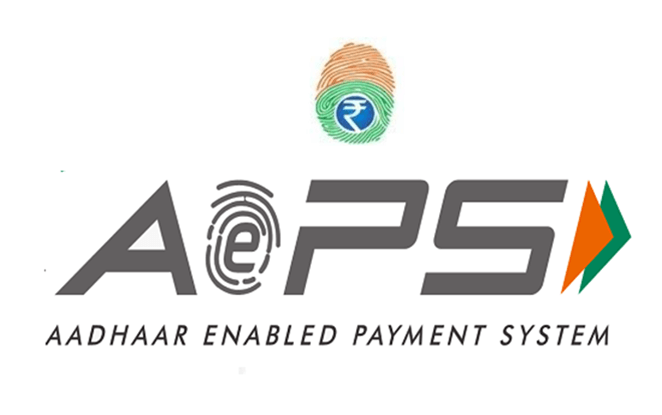As an AI language model, I cannot predict the future or give investment advice. However, I can discuss some popular games that have been around for a while and have the potential to help people earn money. Please note that any form of gambling or investment involves risk, and it’s important to always exercise caution and only invest what you can afford to lose.
Online Poker: Online poker is a popular game that allows players to compete against one another for cash prizes. There are a variety of online poker sites, including PokerStars and 888poker, that offer a range of games and stakes. While there is an element of luck involved, the most successful players are typically those who have a deep understanding of the game’s strategies and are able to make well-informed decisions.
Daily Fantasy Sports: Daily fantasy sports are a relatively new form of online gaming that allow players to draft a virtual team of real-life athletes and compete against other players. Unlike traditional sports betting, daily fantasy sports are considered a game of skill rather than a game of chance. Players must use their knowledge of the sport and individual players to build the best team possible and maximize their chances of winning.
Esports Betting: Esports betting involves wagering on the outcome of professional video game competitions. Esports has exploded in popularity in recent years, with millions of people around the world tuning in to watch professional gamers compete for cash prizes. Esports betting is similar to traditional sports betting, with players able to bet on individual matches or entire tournaments. As with any form of betting, it’s important to only wager what you can afford to lose and to do your research before making any bets. You can play online satta from here.
Stock Market Investing: While not a game in the traditional sense, investing in the stock market can be a way to earn money over the long-term. Investors can buy stocks in individual companies or invest in exchange-traded funds (ETFs) that provide exposure to a basket of different stocks. As with any investment, there is risk involved, and it’s important to do your research and invest only what you can afford to lose.
Cryptocurrency Trading: Cryptocurrency trading involves buying and selling digital currencies such as Bitcoin and Ethereum. Cryptocurrencies have become increasingly popular in recent years, with many people seeing them as a potential alternative to traditional fiat currencies.
However, the market is highly volatile, and prices can fluctuate rapidly. It’s important to do your research and only invest what you can afford to lose.
Online Casinos: Online casinos offer a range of games, including slots, blackjack, and roulette, that can potentially help players earn money. However, like any form of gambling, there is an element of luck involved, and it’s important to only wager what you can afford to lose. It’s also important to only play on reputable online casinos that are licensed and regulated.
In conclusion, there are several popular games and investment options that may potentially help people earn money in 2023. However, it’s important to always exercise caution, do your research, and only invest what you can afford to lose. Additionally, it’s important to ensure that any games or investments you engage in are legal and ethical.




